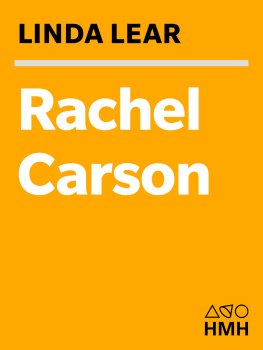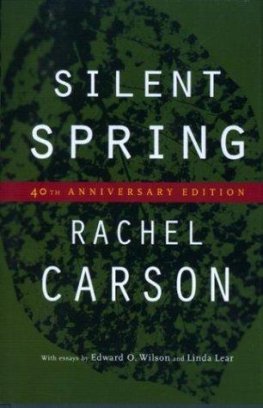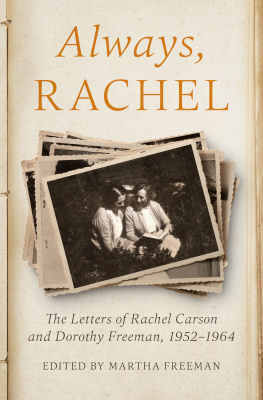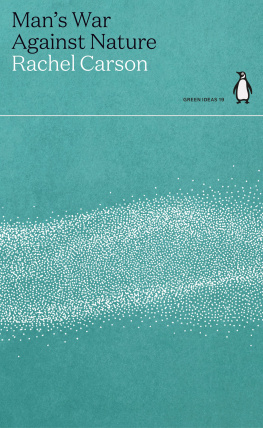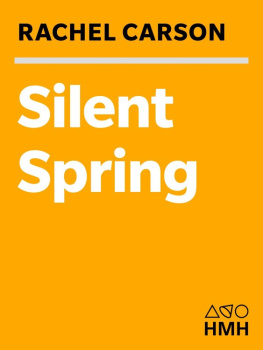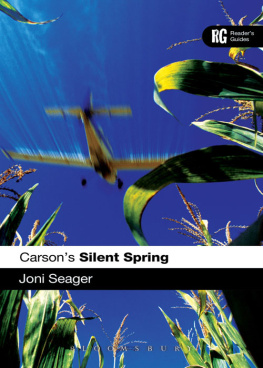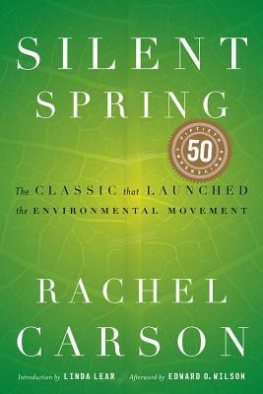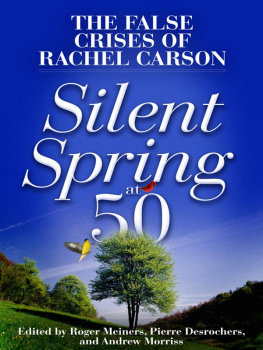Linda J. Lear - Rachel Carson: Witness for Nature
Here you can read online Linda J. Lear - Rachel Carson: Witness for Nature full text of the book (entire story) in english for free. Download pdf and epub, get meaning, cover and reviews about this ebook. City: New York, year: 1998, publisher: Henry Holt & Co, genre: Non-fiction. Description of the work, (preface) as well as reviews are available. Best literature library LitArk.com created for fans of good reading and offers a wide selection of genres:
Romance novel
Science fiction
Adventure
Detective
Science
History
Home and family
Prose
Art
Politics
Computer
Non-fiction
Religion
Business
Children
Humor
Choose a favorite category and find really read worthwhile books. Enjoy immersion in the world of imagination, feel the emotions of the characters or learn something new for yourself, make an fascinating discovery.
- Book:Rachel Carson: Witness for Nature
- Author:
- Publisher:Henry Holt & Co
- Genre:
- Year:1998
- City:New York
- Rating:4 / 5
- Favourites:Add to favourites
- Your mark:
- 80
- 1
- 2
- 3
- 4
- 5
Rachel Carson: Witness for Nature: summary, description and annotation
We offer to read an annotation, description, summary or preface (depends on what the author of the book "Rachel Carson: Witness for Nature" wrote himself). If you haven't found the necessary information about the book — write in the comments, we will try to find it.
Rachel Carson: Witness for Nature — read online for free the complete book (whole text) full work
Below is the text of the book, divided by pages. System saving the place of the last page read, allows you to conveniently read the book "Rachel Carson: Witness for Nature" online for free, without having to search again every time where you left off. Put a bookmark, and you can go to the page where you finished reading at any time.
Font size:
Interval:
Bookmark:
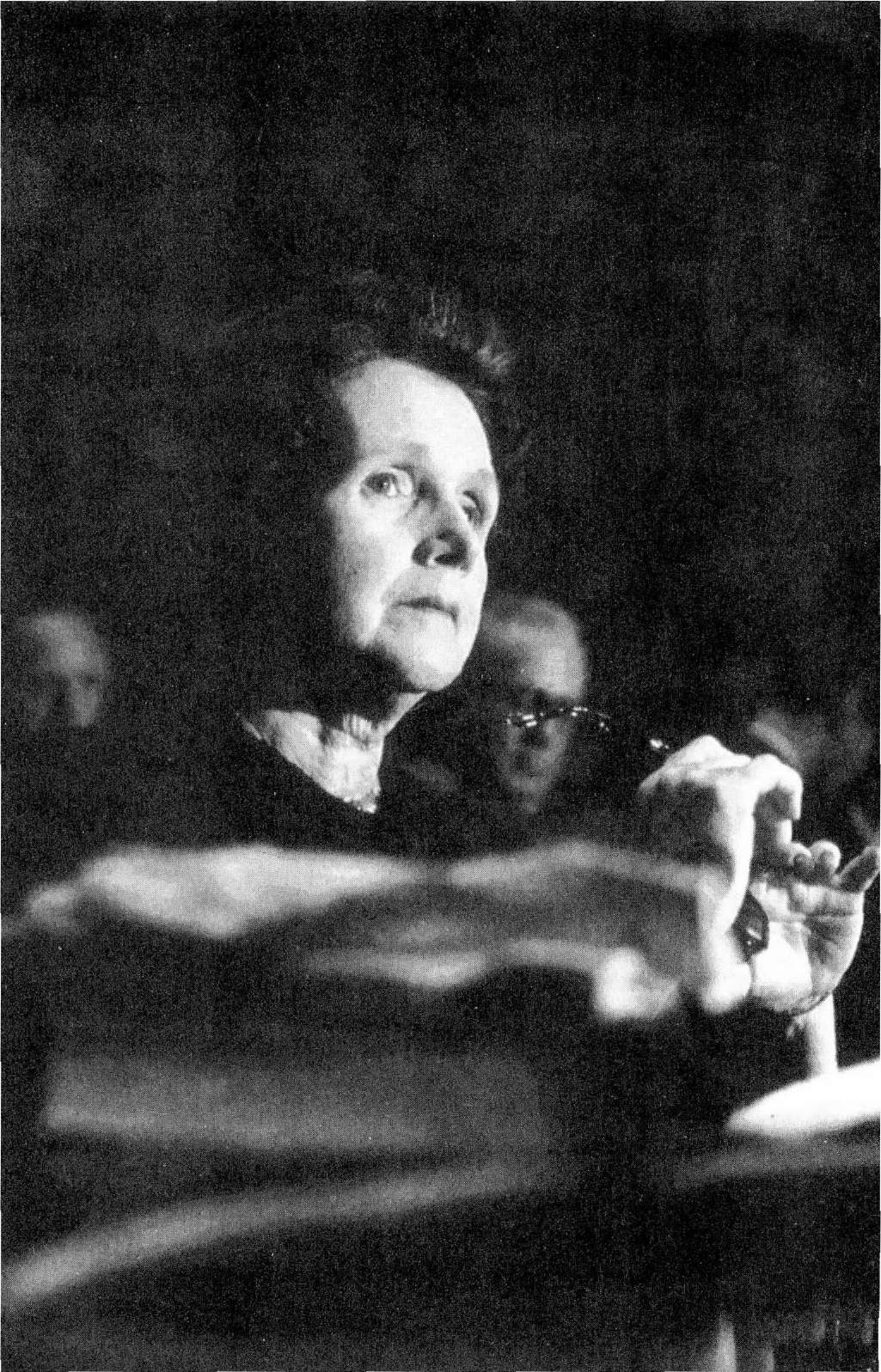
First Mariner Books edition 2009
Copyright 1997 by Linda Lear
All rights reserved
For information about permission to reproduce selections from this book, write to Permissions, Houghton Mifflin Harcourt Publishing Company, 215 Park Avenue South, New York, New York 10003.
www.hmhco.com
First published in 1997 by Henry Holt and Company
The Library of Congress has cataloged the print edition as follows:
Lear, Lind J., date
Rachel Carson : witness for nature / Linda Lear.1st ed.
p. cm.
ISBN 0-8050-3427-7 (alk. paper)
1. Carson, Rachel, 19071964. 2. BiologistsUnited States
Biography. 3. EnvironmentalistsUnited StatesBiography.
4. Science writersUnited StatesBiography. I. Title.
QH 31. C 33 L 43 1997 97-8324
570'.92dc21
[ B ]
ISBN 978-0-547-23823-4 (pbk.)
e ISBN 978-0-547-70755-6
v4.0315
Excerpts from The Dry Salvages in FOUR QUARTETS, copyright 1941 by T. S. Eliot and renewed 1969 by Esme Valerie Eliot, reprinted by permission of Houghton Mifflin Harcourt Publishing Company. Excerpts from Always, Rachel, edited by Martha Freeman, copyright 1995 by Martha Freeman. Reprinted by permission of Beacon Press, Boston. Excerpts from unpublished Rachel Carson material copyright 1997 by Roger A. Christie, reprinted by permission of Francis Collin, Trustee u-w-o Rachel Carson.
The author gratefully acknowledges permission to quote from the letters of Mary Scott Skinker (granted by Martha Skinker) and from the letters of Dorothy Thompson Seif and the letters of Mary Frye Llewelyn (each granted by the authors).
To the loving memory of my father and mother,
James C. and Henrietta D. Lear
and for my son,
Ian Cole Lear-Nickum
My search for Rachel Carson has absorbed almost a decade. It has taken me full circle from my childhood home a few hills to the north of Carsons birthplace in Springdale to another Maryland suburb just west of her last home in Silver Spring. My exploration of her life has been long, often arduous, but never without generous companionship.
Writing Carsons life became a possibility through the intercession of four of Carsons closest friends: Paul Brooks, Carsons editor; Jeanne V. Davis, her administrative assistant; Shirley A. Briggs, Carsons colleague, a founder and executive director emerita of the Rachel Carson Council, and now the curator of the Councils Rachel Carson History Project; and Ruth Scott, a premier Pennsylvania naturalist. Without their personal friendship and advocacy this biography would never have been possible.
Since Carsons literary and professional papers were carefully screened by her literary executor prior to their deposit at the Beinecke Library, interviews with those who knew Carson or who were involved in one way or another with her life and work constitute a major source for this work. A list of those who graciously allowed me interviews is to be found in the bibliography. Helga Sandburg Crile, Frank Egler, the Reverend Duncan Howlett, Margaret Kieran, Martha Skinker, and Stewart Udall have also given me valuable material from their own collections.
I owe special debts in this regard to the family of Stanley Freeman, Jr. Stanley and Madeleine Freeman have shared letters, photographs, books, and diaries. They have patiently endured long visits and endless questions. Martha Freeman allowed me to have copies of the letters between her grandmother and Carson before they were published by Beacon Press and willingly shared her insights into people and relationships. I am particularly grateful for the Freeman familys permission to use and to quote from the unpublished letters in their possession.
I have enjoyed the direct support of three institutions. A Senior Postdoctoral Fellowship from the Smithsonian Institution enabled me to benefit from the enormous resources of scholarship, collection, and access available there as nowhere else. My fellowship committee, Pamela Henson, Patricia Gossel, Pete Daniel, and Jeffrey Stine, helped me find my way through a plethora of riches. My day-to-day debts are to the staff of the Office of the Smithsonian Institution Archives; its acting director, John Jameson; and its current director, Edie Hedlin. Pam Henson made it possible for me to continue my tenure as a Research Collaborator after the end of the fellowship. My immediate colleagues in the Joseph Henry Papers, Marc Rothenberg, editor, Kathleen Dorman, Deborah Jeffries, and Frank Millikan, have put up with me for the past four years of intense writing in residence among them. Their gifts of kindness and collegiality have been extraordinary. I am also grateful to Smithsonian librarians Polly Lasker and Valerie Wheat.
A Frederick Beinecke Fellowship for research at the Beinecke Rare Book and Manuscript Library at Yale University in 1994 allowed me several months residence. For the first time I was able to immerse myself in the Carson papers there. I wish to thank Ralph Franklin, the Director of the Beinecke Library; Acting Director George Miles; and Archivist Diane Ducharme for the many courtesies each extended during that period. Patricia Willis, Curator of the Yale Collection of American Literature, was particularly generous in sharing her expertise. Stephen Jones and Dorothea Reading of Reader Services found ways to further my research and make a visiting fellows life easier. The Carson Papers were first processed and described in 1990 by William K. Finley, now an archivist at the College of Charleston. His insights into various aspects of the correspondence were enormously helpful.
At George Washington University, Roderick S. French, until recently Vice President for Academic Affairs and Barbara Marshall, of the same office, both former colleagues and friends; John Logsdon, director of the Center for International Science and Technology Policy and Kim Lutz, administrative assistant; Edward Berkowitz, History Department Chair; and colleagues Robert Kenny, William Becker, and Quadir Amiryar of Gelman Library have all been instrumental in extending the privileges and resources of the university to me over the course of many years and especially helped this project along during hard times.
I have consulted numerous archives and collections in the course of my research and have accumulated debts to talented and informed curators, archivists, and librarians at each. I wish to acknowledge the contributions of John Cummins, Archivist, and Patricia Braeman of Chatham College; Gary Link, Allegheny County Records Center; James Stimpert, Ferdinand Hamburger, Jr., Archives, Johns Hopkins University; Richard Fyffe, Thomas J. Dodd Center for Research, University of Connecticut; Dianne Gutscher, Special Collections, Bowdoin College; Mary Ann Wallace, Special Collections, Westbrook College; Charles Huhn, Hood College; Rose Novil, National Louis University; Michael H. Nash, The Hagley Museum and Library; G. Thomas Tanselle, The Guggenheim Foundation Archives; Wayne Olson, National Library of Agriculture; Gary Weir, Historian, Contemporary History Branch, Naval History Center; Stephen Gegg, Woods Hole Oceanographic Institute Archives; Judy Ashmore, Woods Hole Marine Biological Laboratory Library; William Eigelsbach, University of Tennessee; John Glieber, Animal Welfare Institute; Gretchen Young-Weiner, Cranbrook Institute of Science Archives; Janice Goldblum, National Academy of Sciences Library; Carol Tomer, Cleveland Clinic Archives; Brian Rogers, Special Collections, Connecticut College; James Herring, Jimmy Carter Presidential Library; Herbert Pankratz, Dwight D. Eisenhower Presidential Library; Mary Wolfskill, Manuscript Division, Library of Congress; Jimmie Rush, National Archives and Records Administration; Matthew Perry, Patuxent Wildlife Research Center; Jonathan Shaw, Bok Tower Gardens Library and Archives; Roland Bauman, Oberlin College; Drexel Institute of Technology Archives; Montgomery County Records Center; The Martin Luther King, Jr., Library Photo Archives, Washington, D.C.; Emily Higgins, All Souls Unitarian Church Archives; Stephen M. Lott, Verger, and Richard Hewlett, Archives of the Washington National Cathedral.
Next pageFont size:
Interval:
Bookmark:
Similar books «Rachel Carson: Witness for Nature»
Look at similar books to Rachel Carson: Witness for Nature. We have selected literature similar in name and meaning in the hope of providing readers with more options to find new, interesting, not yet read works.
Discussion, reviews of the book Rachel Carson: Witness for Nature and just readers' own opinions. Leave your comments, write what you think about the work, its meaning or the main characters. Specify what exactly you liked and what you didn't like, and why you think so.

